Well, there is a lot of discussion these days about flash usage and nature imaging. Certainly, there could never be an absolutely right or wrong here, we all can only share opinions.
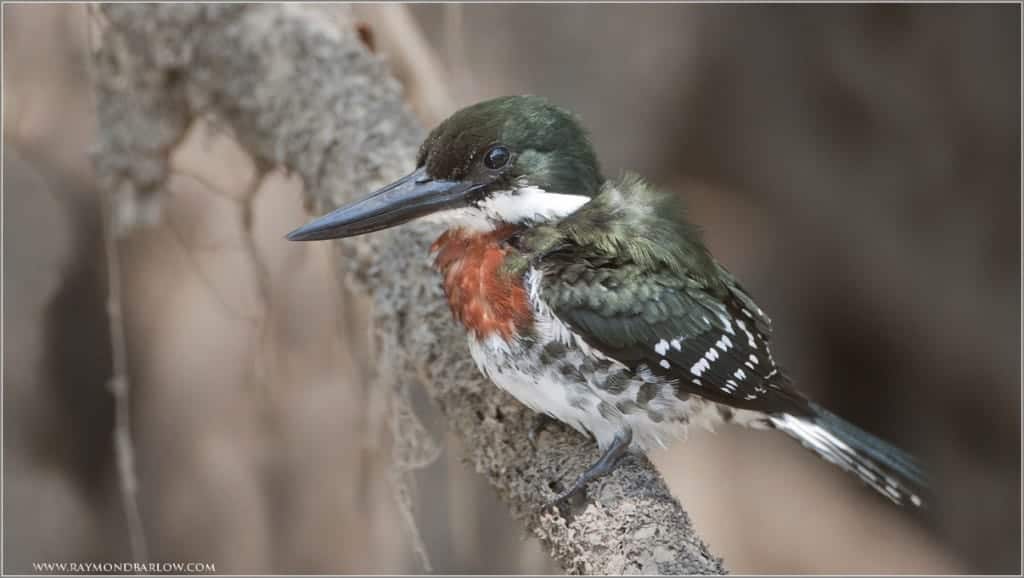
Although using a fill flash, with various attachments may be fun, or considered the “better” technique, I personally do not agree.
In the past, I did try flash during one shoot with hummingbirds, of course the results were junk. Photographing nature is an on-going education, learning how to work with our subjects and equipment is a process that can be enjoyed by all ages., and world wide. The use of fake light on any shot is nothing more then a shortcut fix, to help a bad shot look better.

With every image opportunity, we need to look at a large array of settings and angles. Creativity is the key to the merge of technical issues, light, and view. Naturally, our end use of the image will be different for each photographer, and if you are happy with your images, nothing else really matters.
Many people are out for record shots, a strictly academic venture, certainly a worth while plan, and flash may help you accomplish your goals. But more and more, I am learning about the ill-effects of flashing light into the eyes of birds and wildlife. The common opinion amongst photographers that share my opinions is that flashed images look “fake”. I think that even the public will recognize how flashed images are manufactured.

For me, this whole camera deal is an art. Thought, planning, creativity, knowledge of nature, understanding light, along with extensive technical knowledge will help you become an artist with your camera in true natural situations. If you are a studio photographer, this of course is a completely different situation, where creative studio light can be a fascinating venture.
Working with my guests during local and international programs has been a superb learning experience. So many awesome suggestions and the sharing of ideas amongst all participants makes doing this business very rewarding.
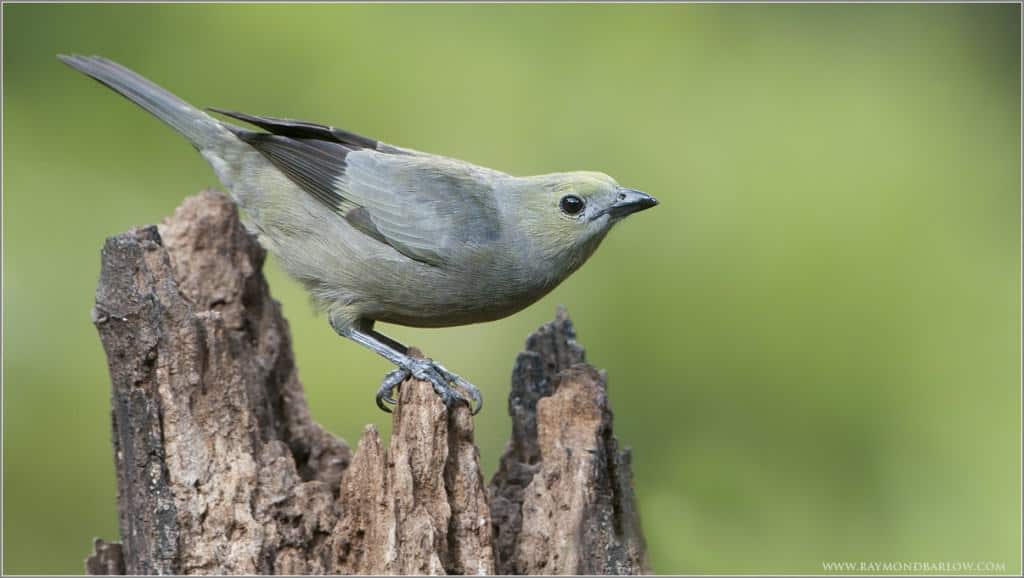
Each time I run a workshop, the ideas develop, the new angle, different light, working with backgrounds, real environment, and purely natural images. The thought of flash would truly destroy all of these creative thought patterns. A flash would be considered a band aid to a poor situation in my opinion.
So, please consider this concept, be your own artist, do not disturb nature with these bolts of plastic light, and enjoy the real world of nature photography.
Raymond Barlow
www.raymondbarlow.com
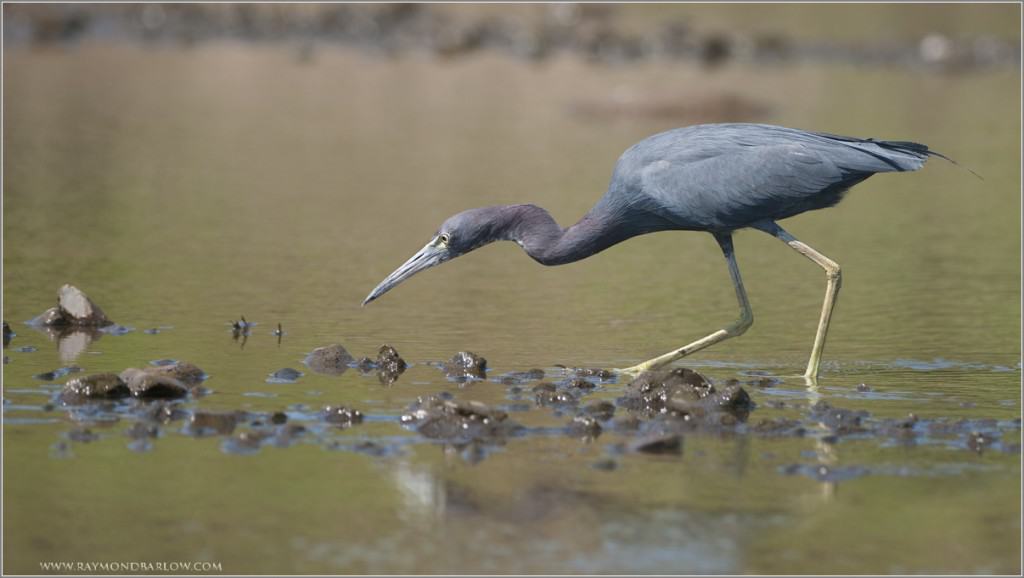

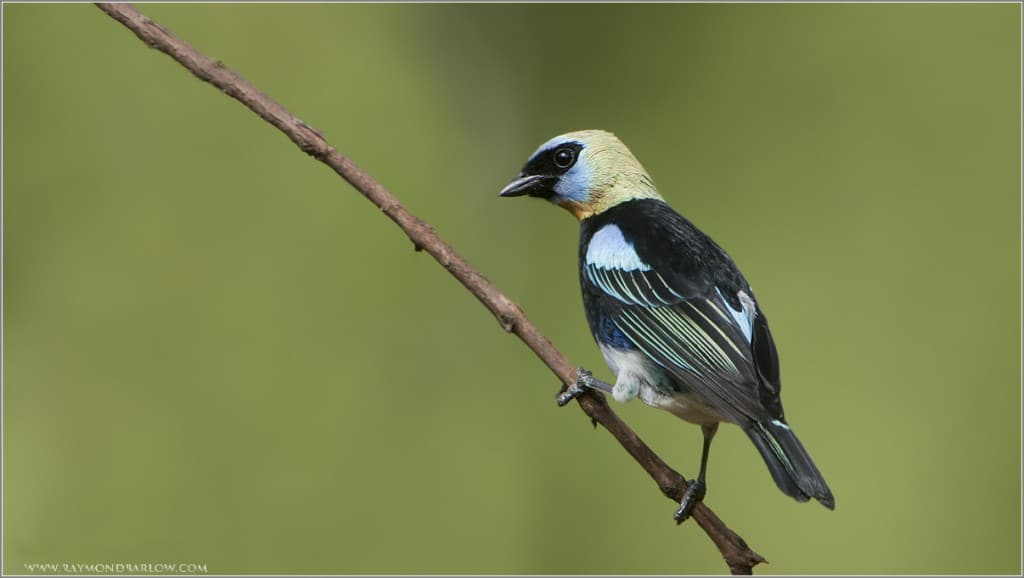
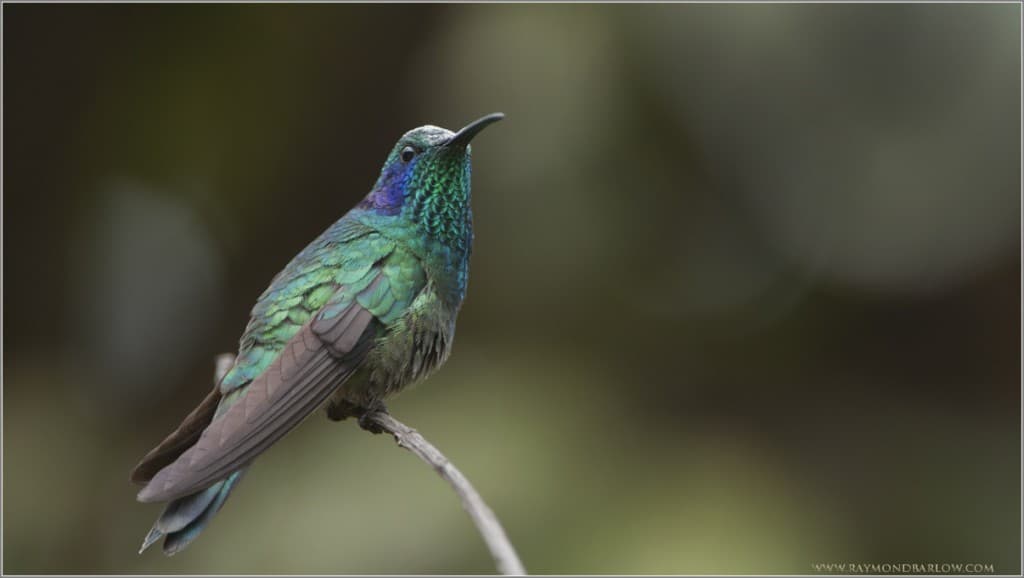
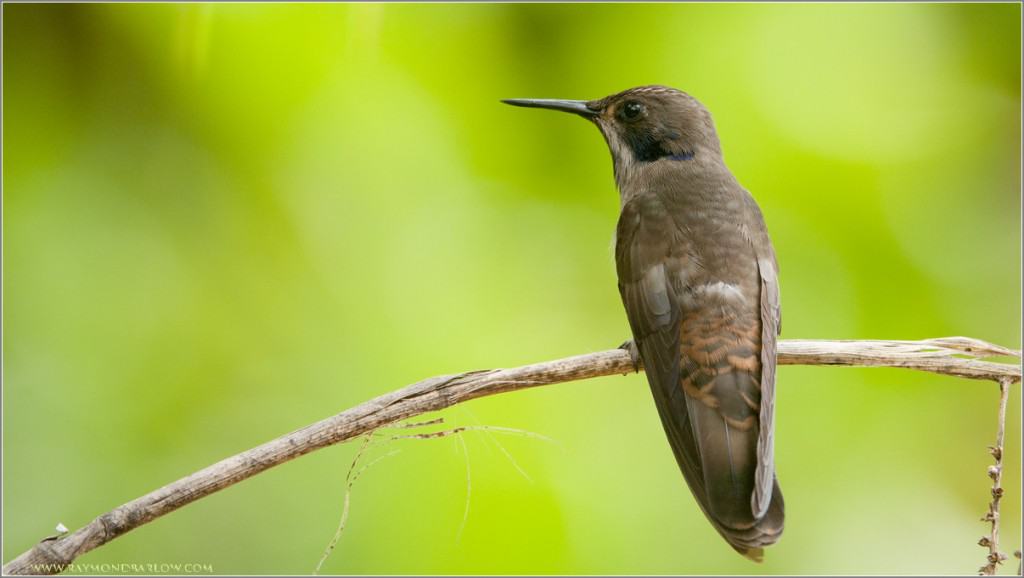


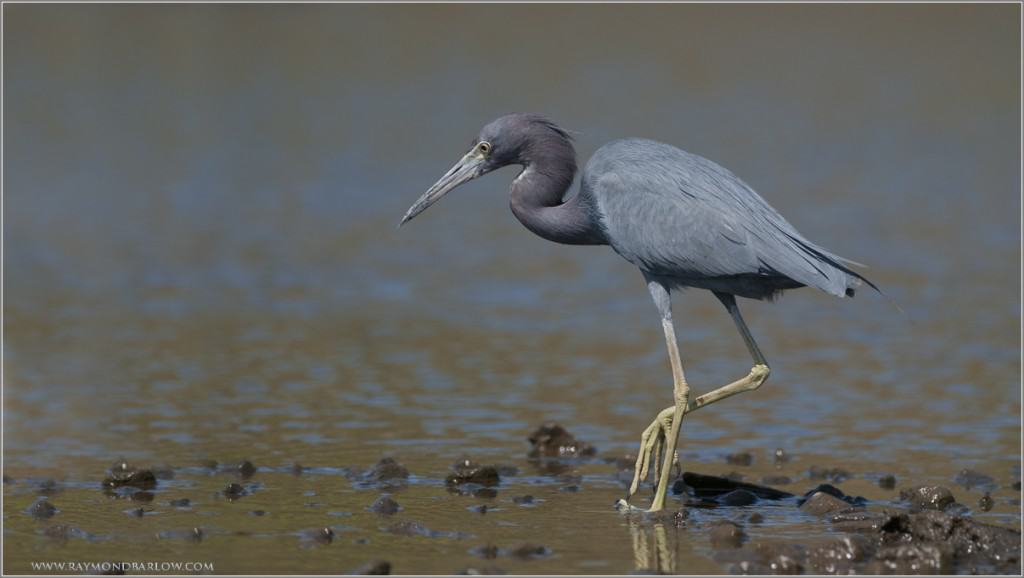
Raymond Barlow
Ray Barlow's passion for capturing birds and wildlife began at the Manila Zoo in 2004. Since then he has established himself as a professional bird and wildlife photographer. Ray is based near to Toronto Canada and hosts photography travel tours and workshops around the world. He goes to places like Yellowstone, Tanzania, Costa Rica, India, and British Columbia. Action photography including animals in chase or birds such as hummingbirds in flight is Ray's specialty. Now being sponsored by Jobu Design gimbal Heads.
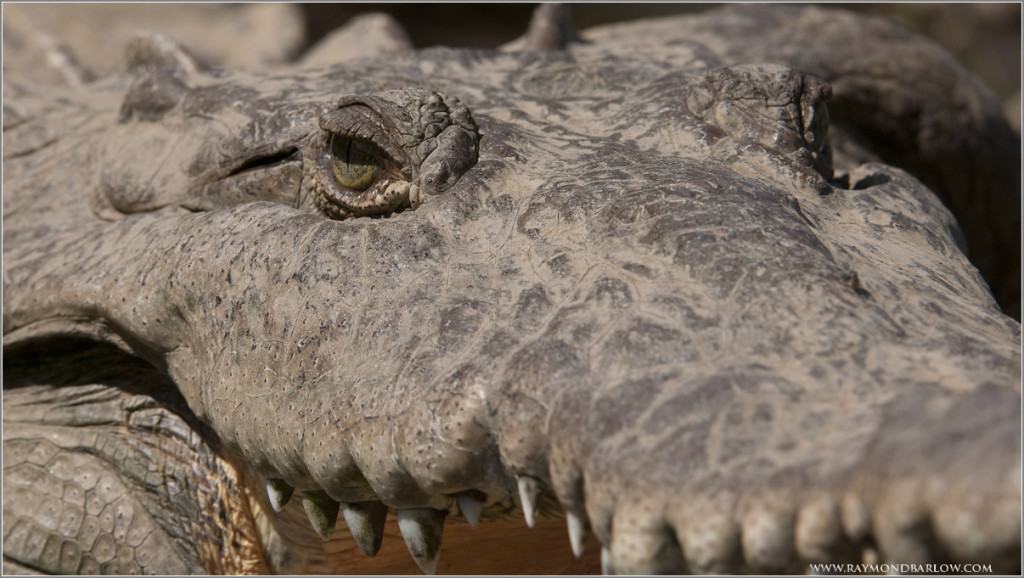
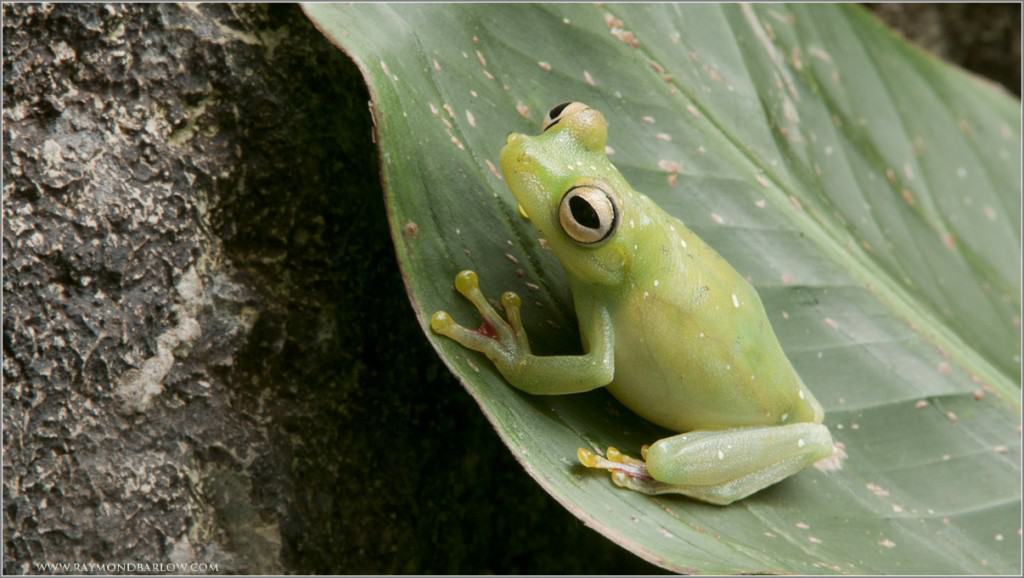
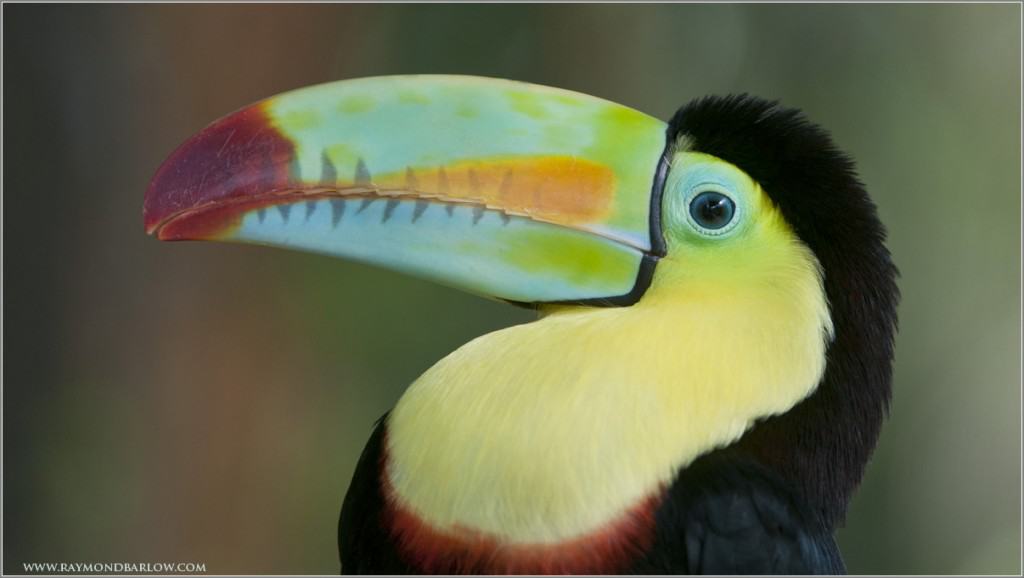
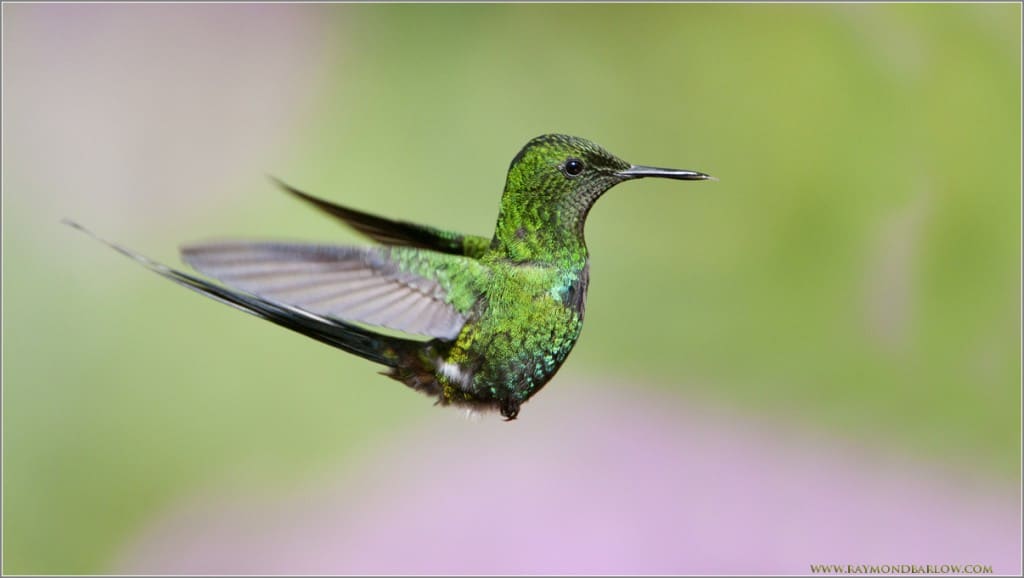
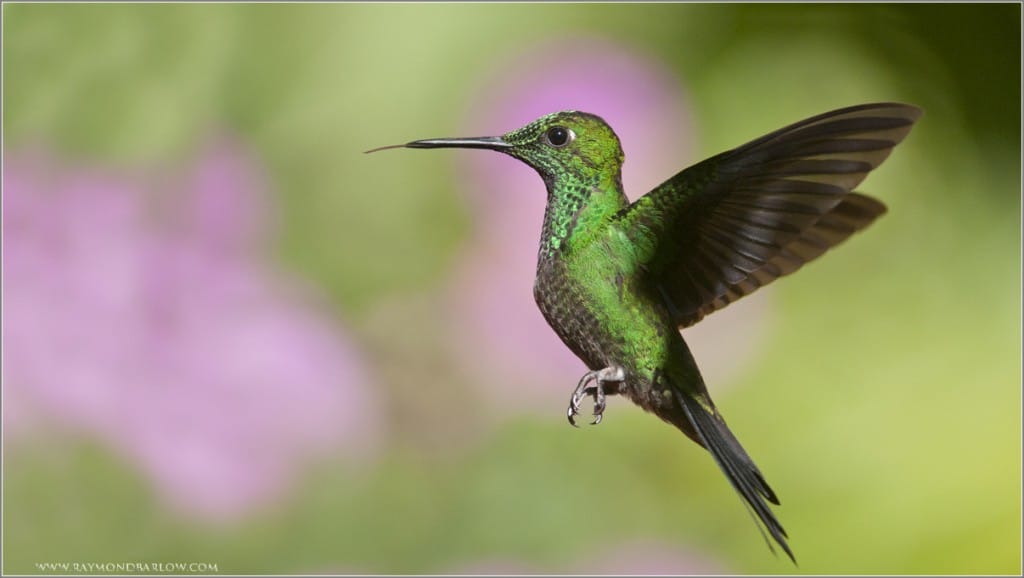
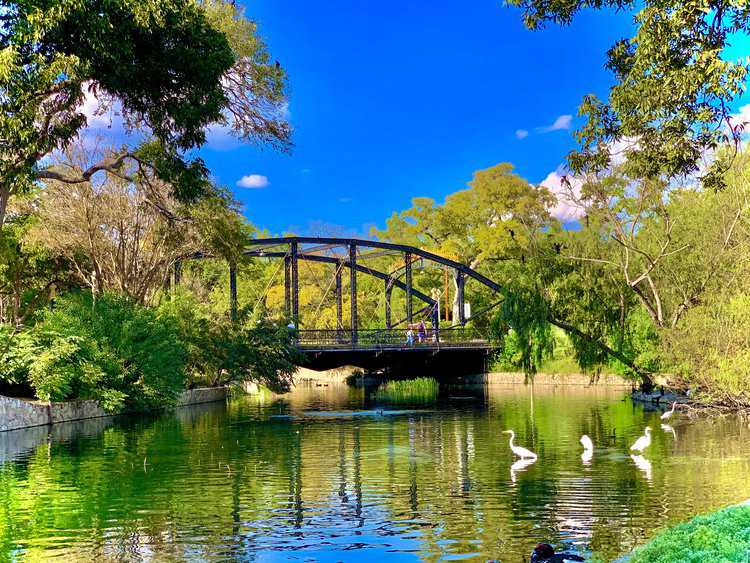

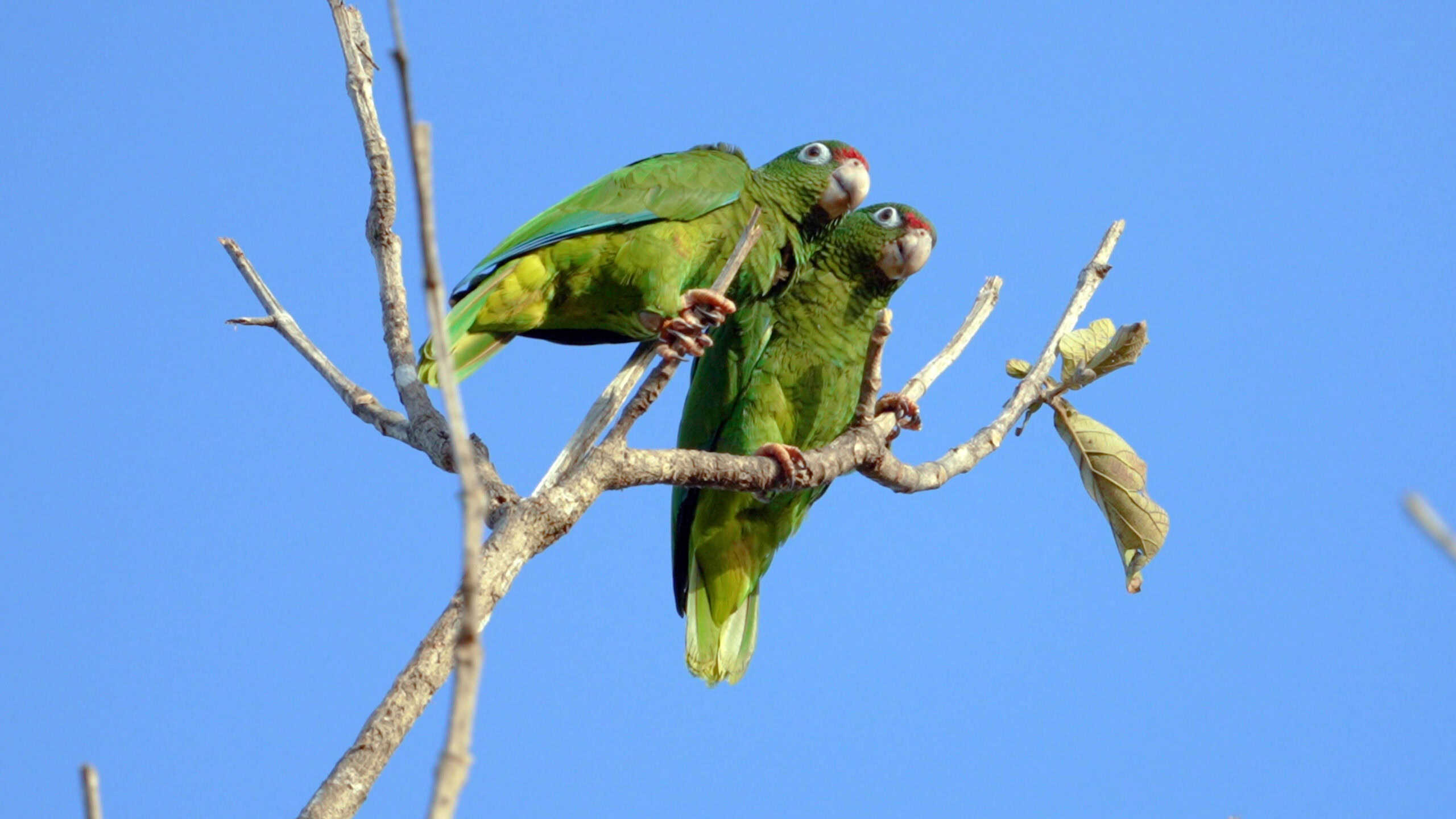
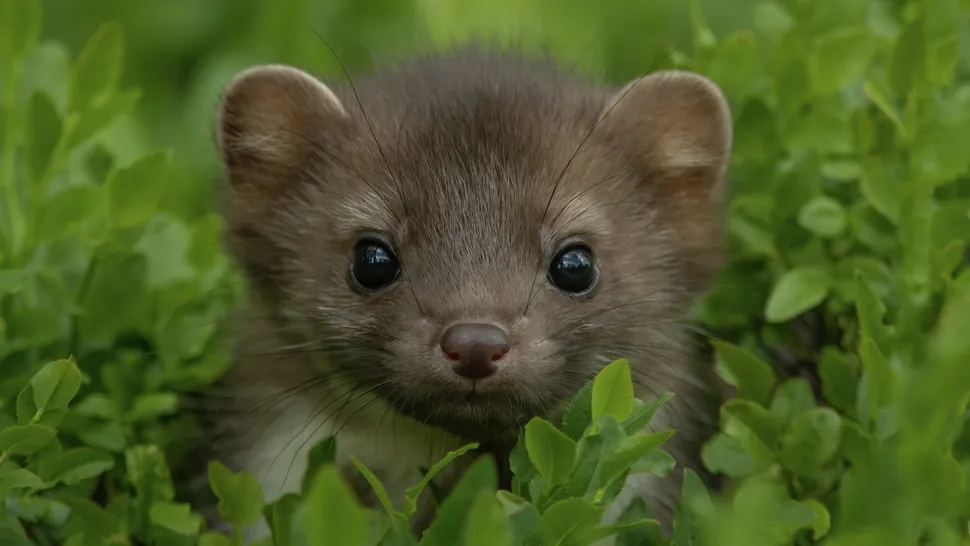


Leave a Reply